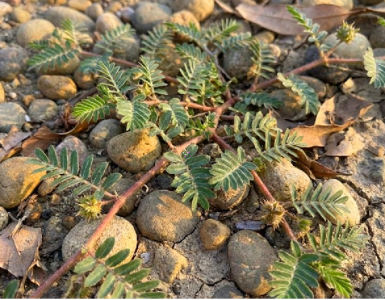The fig tree (Ficus carica) is a versatile and valuable addition to any homestead. Not only does it provide delicious and nutritious fruit, but its leaves and other parts also possess medicinal properties. Here’s why the fig tree should be at the top of your planting list and how you can utilize its bounty to improve your health and wellbeing.
1.Delicious and Nutritious Fruit
Figs are a rich source of essential nutrients, including dietary fiber, vitamins (A, B1, B2, and K), minerals (potassium, magnesium, zinc, and calcium), and antioxidants. They are naturally sweet and can be eaten fresh or dried, making them a versatile ingredient in a wide range of culinary dishes.
2.Versatile in the Kitchen
Figs can be used in both sweet and savory recipes. Fresh figs are a delightful addition to salads, desserts, and cheese platters. Dried figs are excellent for baking, making preserves, or as a healthy snack. They can also be used to make fig jam, fig paste, and fig-infused beverages.
Medicinal Uses of Fig Fruit and Leaves
1.Digestive Health
Figs are known for their high fiber content, which promotes healthy digestion and regular bowel movements. Consuming figs can help alleviate constipation and support overall digestive health. The leaves of the fig tree can also be used to prepare a tea that aids digestion.
2.Antidiabetic Properties
Studies have shown that fig leaves can help manage blood sugar levels in diabetic patients. Extracts from fig leaves have been found to improve insulin sensitivity and reduce the amount of insulin needed by diabetic patients.
3.Antioxidant and Anti-inflammatory Effects
Both fig fruit and leaves contain potent antioxidants that help combat oxidative stress and reduce inflammation. These properties make figs beneficial for preventing chronic diseases and promoting overall health.
4.Skin Health
Fig extracts are used in traditional medicine to treat various skin conditions, including eczema, psoriasis, and vitiligo. The milk-like sap from fig leaves can be applied topically to soothe and heal minor skin irritations and warts.
Fig trees thrive in warm, temperate climates but can also grow in cooler regions with proper care. Choose a sunny location with well-drained soil. Fig trees prefer a pH level between 6.0 and 6.5. Plant fig trees in early spring or late fall.Young fig trees need regular watering to establish strong roots. Once established, fig trees are drought-tolerant but will produce better fruit with consistent watering. Be careful not to overwater, as this can lead to root rot.
Prune fig trees annually to maintain their shape and encourage healthy growth. Remove dead or diseased branches and thin out the canopy to allow sunlight to penetrate.
Fig trees are generally hardy and resistant to pests and diseases. However, they can occasionally be affected by aphids, scale, and nematodes. Regularly inspect your tree and use organic treatments if necessary.
Figs do not ripen after being picked, so it’s essential to harvest them at the right time. Ripe figs are slightly soft to the touch and may droop on the branch. Harvest figs gently to avoid bruising and store them in a cool place.
Utilizing Fig Leaves and Fruit
1.Fig Leaf Tea
To make fig leaf tea, dry fig leaves thoroughly and crumble them. Steep one teaspoon of dried leaves in a cup of hot water for 5-10 minutes. Strain and enjoy the tea, which can help with digestive issues and blood sugar management.
2.Fig Fruit Uses
Fresh and dried figs can be used in various recipes. They can be eaten as a snack, added to salads, baked into goods, or cooked into sauces and jams.
3.Topical Applications
The milky sap from fig leaves can be applied to skin conditions like warts or minor irritations. Always perform a patch test first to ensure you do not have an adverse reaction.
The fig tree is a remarkable and multifaceted addition to any homestead. Its fruits are not only delicious and nutritious but also versatile in the kitchen. The leaves and sap offer valuable medicinal properties that can aid in managing various health conditions. By planting and caring for a fig tree, you can enjoy a bountiful harvest and take advantage of its numerous health benefits. This resilient and low-maintenance tree truly earns its place as a must-have for every homesteader.






Add comment